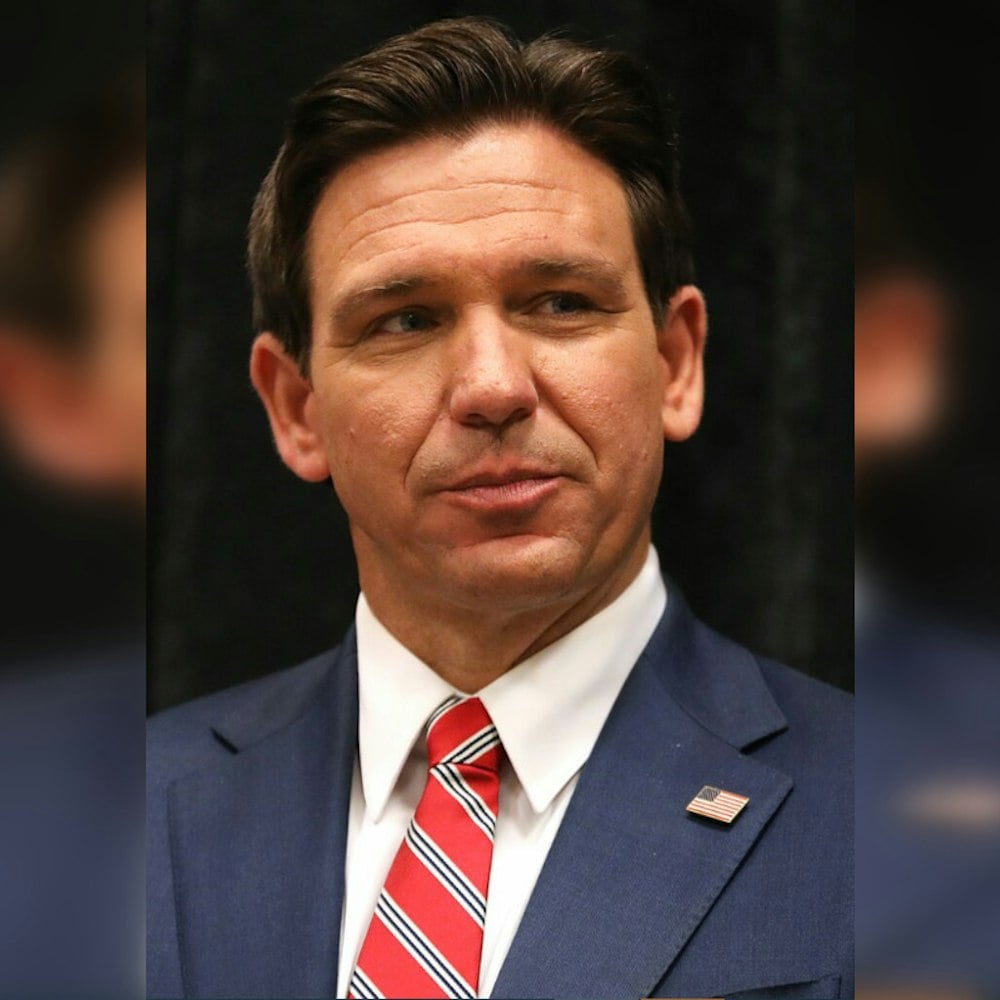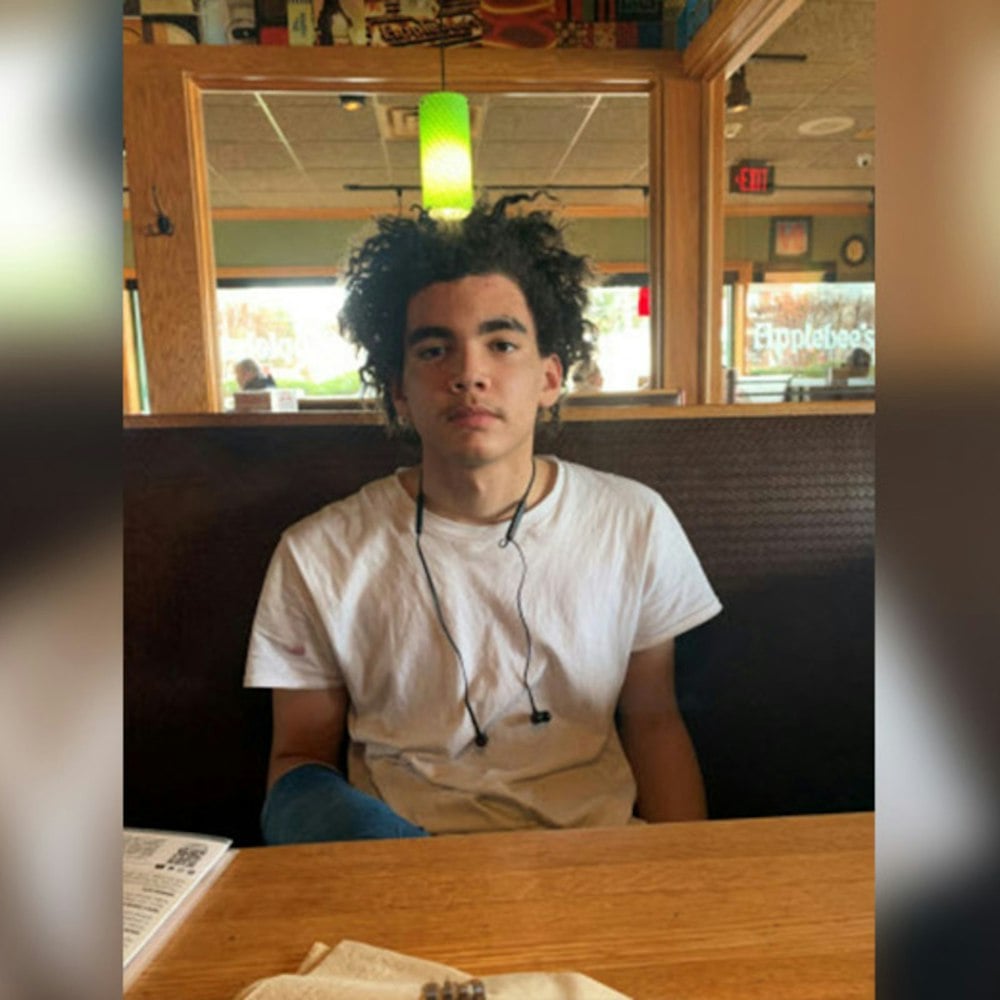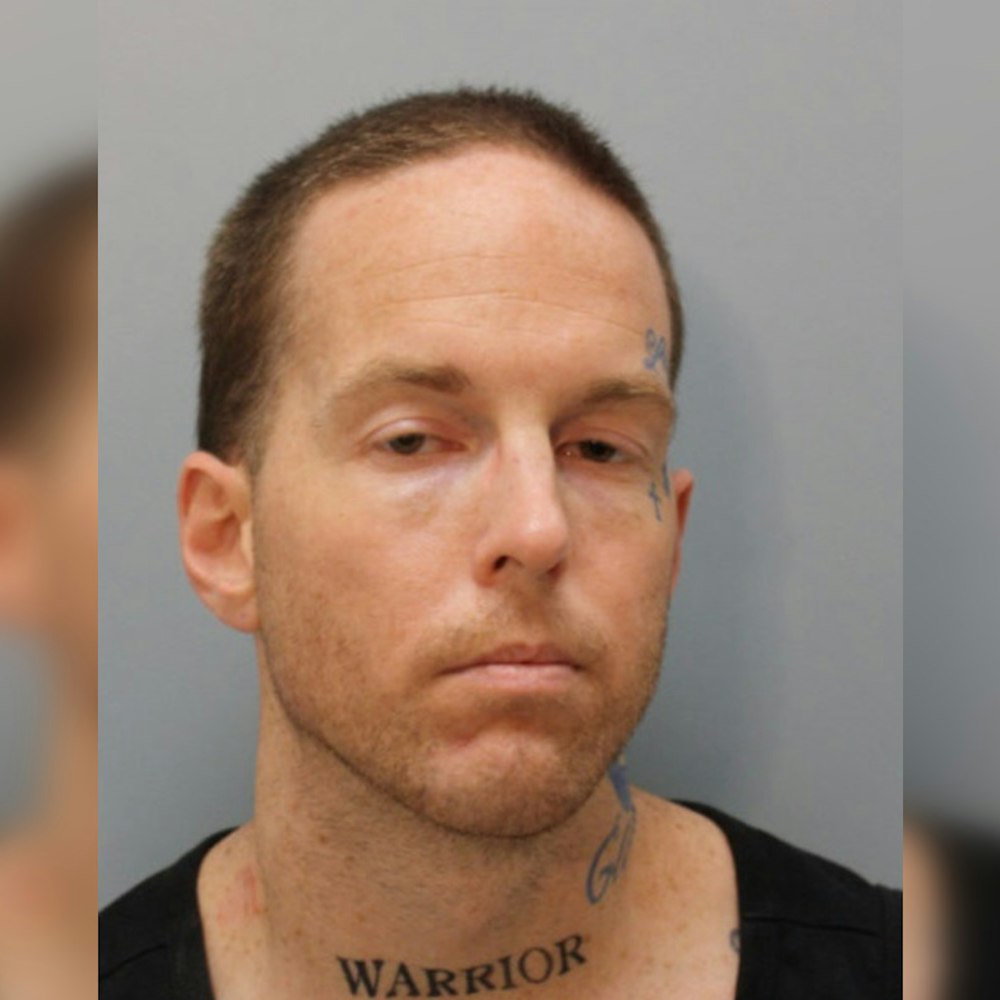
Despite added speed enforcement, education efforts and pedestrian safety infrastructure projects, Vision Zero has yet to reduce pedestrian deaths over the past two years.
After a rough start to the year, when the city looked on track to have an increase in pedestrian deaths, the rate has remained flat, with 21 year-to-date deaths through September — the same number as 2014 — according to the latest monthly Vision Zero report.
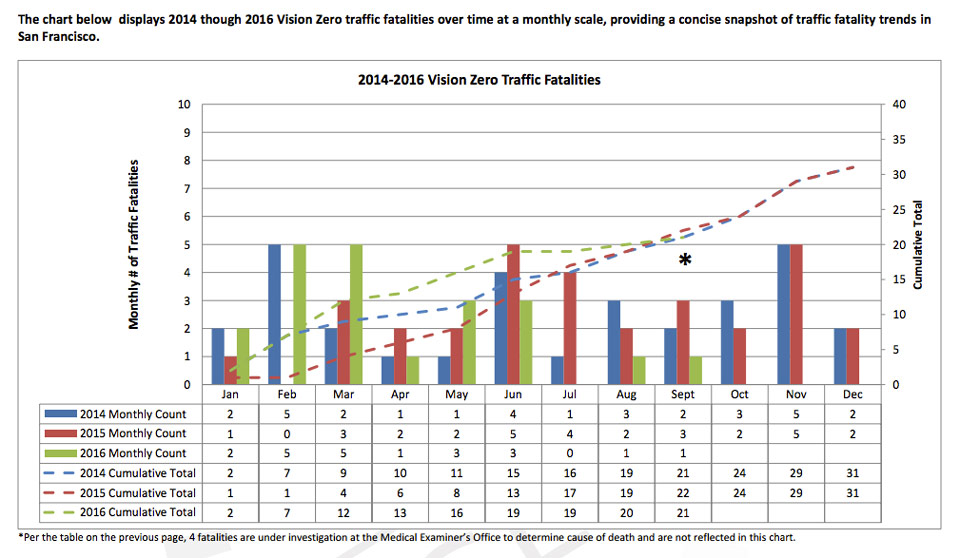
WalkSF, a pedestrian advocacy group, has organized a World Day of Remembrance for Road Traffic Victims this Sunday, Nov. 20.
The walk is set to start at 3:30pm outside 16th Street BART and will go to City Hall.
In addition to raising general awareness about pedestrian deaths, the walk is meant to bring attention to legislation that would legalize speed enforcement cameras in California, and launch a new Bay Area group for the families of traffic death fatalities.
The statewide legislation to legalize speed enforcement cameras is the SFMTA's "number one legislation priority of the year," according to Kathryn Angotti, a senior government affairs analyst at the SFMTA, who spoke about the issue at an MTA Citizens' Advisory Committee meeting on Nov. 3.
Angotti and Nicole Ferrera, the executive director of WalkSF, say that speed enforcement cameras would be an important tool in the city’s effort to reduce traffic speeds in the city and would not be used to gather excessive ticket revenue.
"We're not trying to surprise people [with the cameras]," Angotti said, explaining that the cameras are meant to stop drivers from speeding in the first place and would be clearly labeled with signs.
Although red light enforcement cameras are legal in California, speed enforcement cameras are not permitted and the agency was unable to find a lawmaker to champion the legislation in the past two years, according to Angotti.
Another hurdle to passing legislation will be finding support from legislators from less urban districts which have fewer pedestrian and traffic fatalities than dense cities like San Francisco, Herrera said.
While 430 communities in the United States use red light cameras, only 143 communities in 14 states use speed cameras, according to the Insurance Institute for Highway Safety.
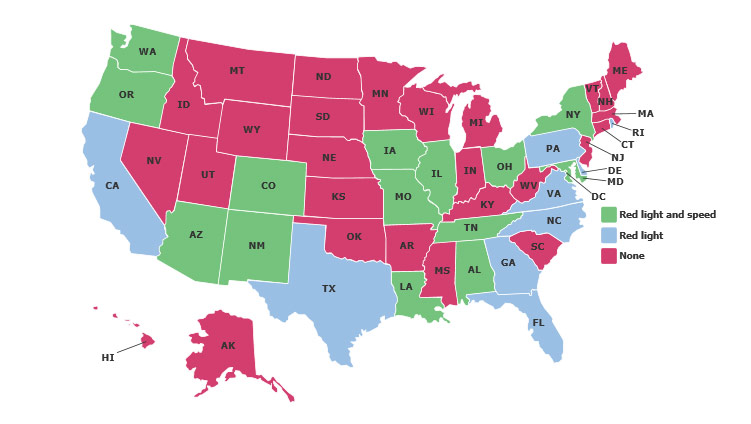
This year, the SFMTA is approaching civil liberties, law enforcement and motorist groups in hopes of working around criticisms before any legislation is written.
A UC Berkeley study from 2007 found that potential legal challenges, including First Amendment fears, would not be supported by past case law.
The study also found that motorists groups, like the AAA, tended to support the increased safety benefits of the cameras but fear excessive ticketing.
"Most photo enforcement programs in the U.S. either operate at a loss or generate very little extra money for the cities," according to the report.

